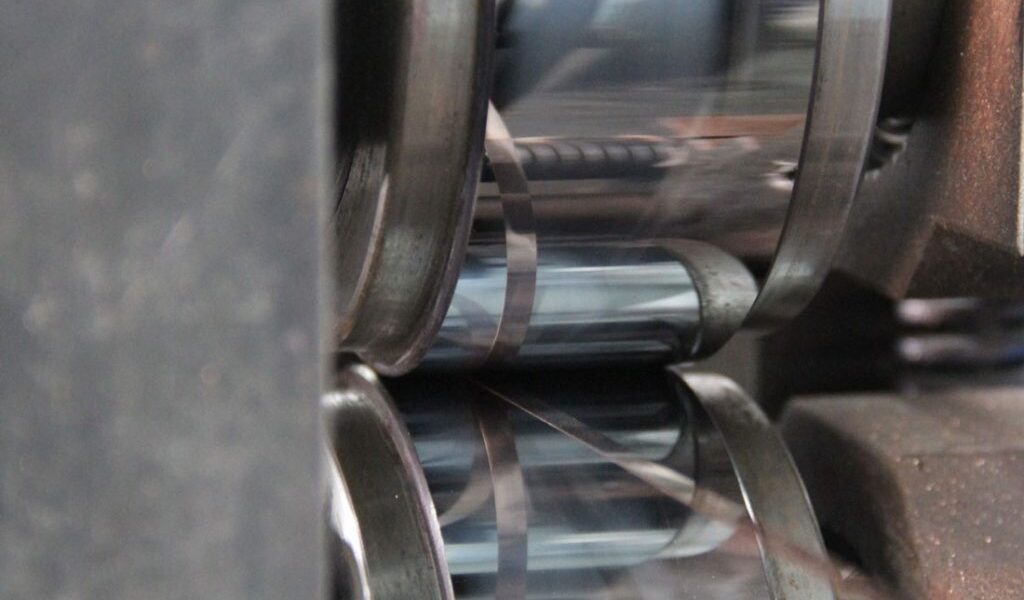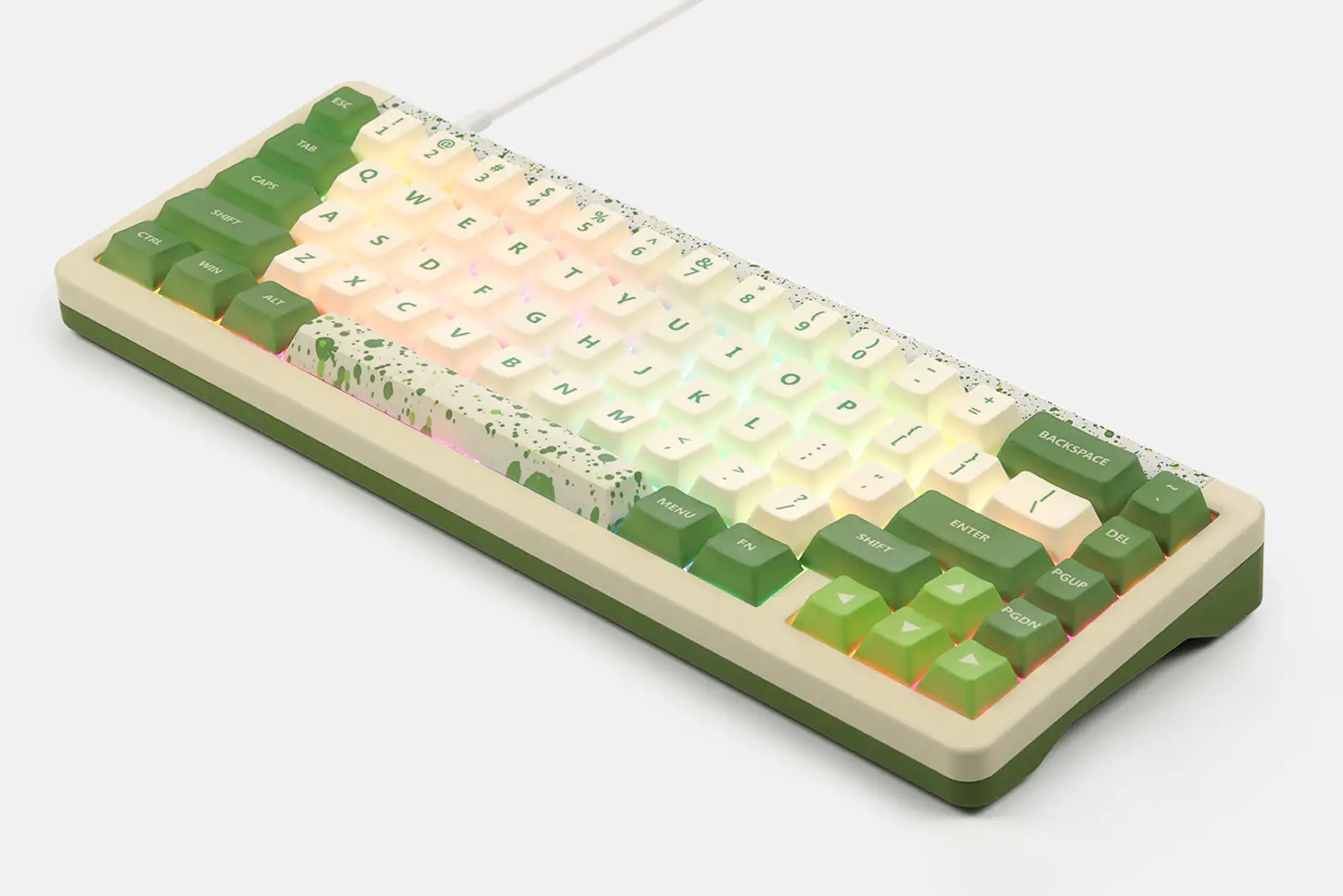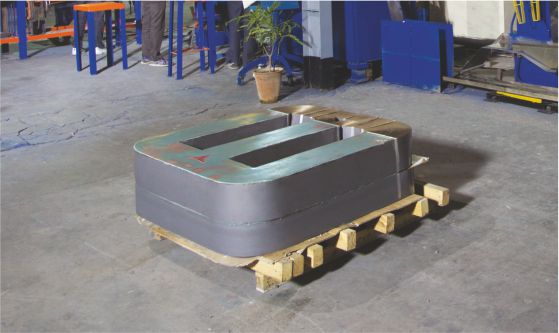Solar PV Ribbon: When people think about alternative or renewable energy, the first image that comes to mind is often large blue or black solar panels on rooftops or portable highway signs that have a small panel attached. These panels, also known as photovoltaic modules (or PV modules), convert sunlight into electricity, and they have been the backbone of renewable energy for decades. The Photovoltaic Effect (how sunlight is converted into electrical energy) was discovered over a hundred years ago! Yet widespread implementation of this technology has been very gradual. Only in very recent years has photovoltaics gained wide popularity as an alternative way to produce electricity.
In 1958 the first PV modules were launched into space to power satellites. Even today, solar power is the primary source of energy at the International Space Station. On Earth as well, PV has traditionally been used in areas where there is no practical source of electrical power but there is abundant sunshine. Solar panels are often used for remote applications: like powering cabins, RVs, boats and small electronics when grid service is not available. Recently, “grid-tie” solar electric systems have started gaining momentum as a cost-effective way to incorporate solar electricity into our everyday lives. Now we can take advantage of available solar energy while still enjoying the safety net of the utility grid.
How Solar Panels or PV Modules Work
In very basic terms, a solar panel (PV module) is a device that will produce a flow of electricity under sunlight. This electricity can be used to charge batteries and, with the aid of an inverter, it can power normal household electrical devices, or “loads”. PV modules can also be used in systems without batteries in grid-tie systems.
Most PV modules are framed in aluminum, topped with tempered glass, and sealed by a waterproof backing. Sandwiched between the glass and backing layers are the photo-reactive cells themselves, often made of silicon. On the back of the module is a junction box that may. Or may not have two cables coming out of it. If the junction box has no cables, it can be opened to access the electrical terminals. Where wires can be attached to conduct the generated electricity away from the module. If there are cables already in place, the junction box is usually sealed and not user-accessible. Sealed junction boxes are more common.





